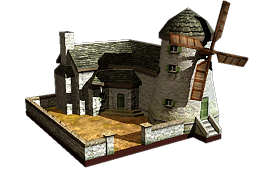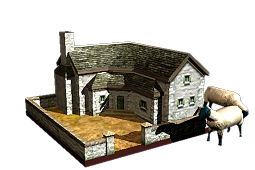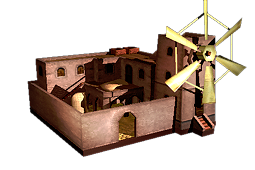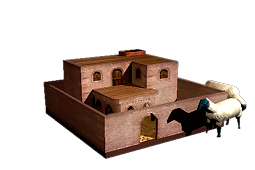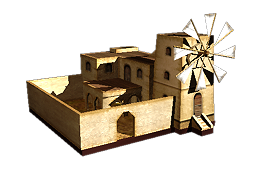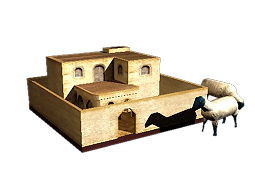Clearances (ETW building)
| Clearances | |||||||
|---|---|---|---|---|---|---|---|
| Category: | Farm | ||||||
| Level: | 2 | ||||||
| Turns to build: | 2 | ||||||
| Building cost: | 700 | ||||||
| |||||||
| Requires | |||||||
| Tenanted Farms | |||||||
| Technology | |||||||
| Four Field Crop Rotation | |||||||
| Enables | |||||||
| Great Estates | |||||||
Renting to tenants may not generate a high enough income for a landowner. It can be more profitable to displace people by an animal cash crop.
Tenanted farms can only generate so much income from rents. With an increase in town size, and an increased demand from industry for agricultural products, it is more profitable to have herds of animals, not a gaggle of tenants. Meat and wool demand increases rapidly as towns grow. Apart from any other considerations, moving people off land also creates large areas where landowners can indulge a passion for hunting. While this generates little income, it does give social status.
The “Highland Clearances” are probably the most famous example of a forced change to land usage on a large scale. Contrary to popular belief, Highland clan leaders carried out most of the Scottish clearances, driving their own kinsmen and clans into exile. The chieftains needed to pay for the sophisticated life that they could have in Edinburgh and London by reinventing themselves as Scottish gentry. Sheep simply earned more money than the crofters did.
